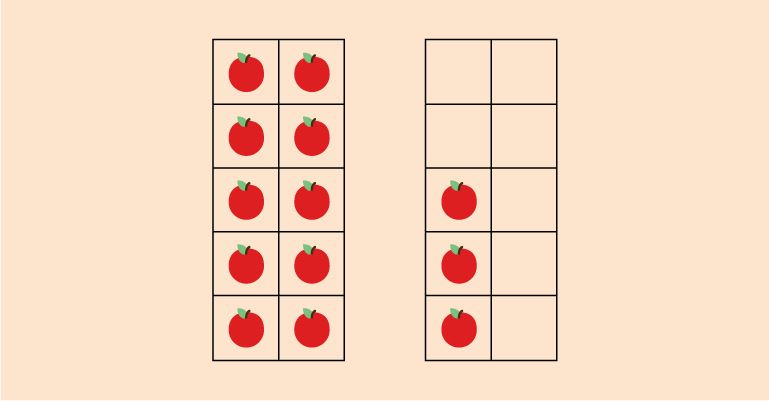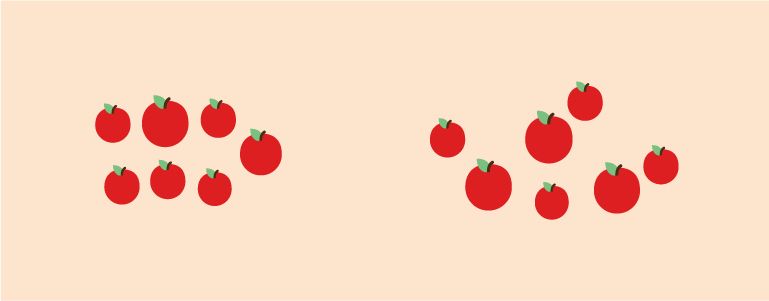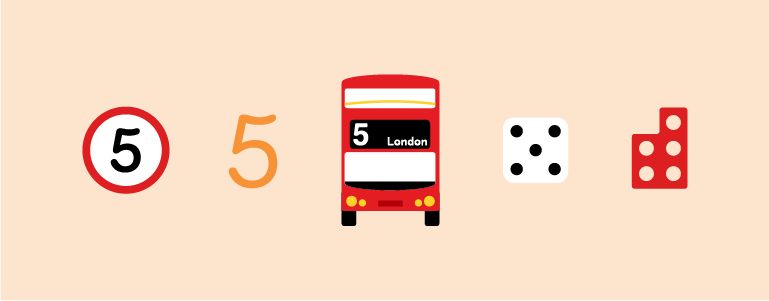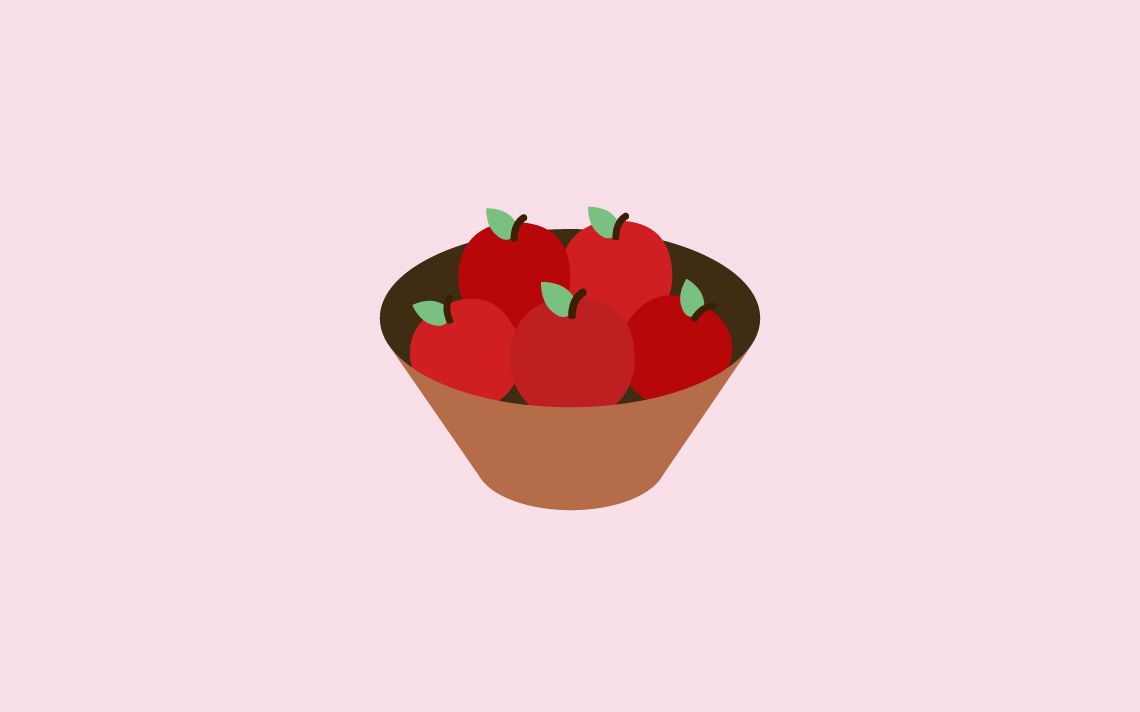Teaching counting to 20 in Year 1
Editor’s Note:
This is an updated version of a blog post published on August 9, 2019
Rhymes, songs, and rote learning can help Year 1 children learn the sequence of numbers from 1 to 20. True mastery means being capable of counting to 20, counting within 20, and understanding the value of each number.
Counting to 20 sounds easy enough, doesn’t it? If you’ve ever taught a Year 1 class, you might think differently! You might be saying to yourself:
“They know it, great let’s keep going, can they count to 30?”
“How difficult can it be to remember the number 13?”
“Do they always have to do it in a sing song tune?”
Have you ever asked yourself, can they count within 20? That’s the tricky bit. More and more children will be starting Year 1 being able to ‘count’ to 20. When you dig deeper and get them to start at a number other than 0 or 1, they might struggle and it becomes clear that they haven’t mastered the learning.
When children are learning about numbers they have to understand five key principles:
- Each object counted must have one and only one number name.
- The number name list must have a fixed order every time a group of objects is counted (i.e. you have to say the numbers 1, 2, 3, 4 in the same order each time).
- The order in which the objects are counted doesn’t matter. A child can start with any block and count them.
- The last number name used gives the number of objects in the set.
- The arrangement of the objects to be counted does not affect how many there are.
Learning with concrete resources
As with all learning, it’s best to start off practically with concrete objects. Let children move objects around, pick them up and put them into lines or groups as they count. If possible, provide pupils with 10 frames to make it easier to count the objects.

Support children’s understanding by using a visual representation that they can manipulate. Moving the objects will help to extend their understanding beyond rote counting.
Emphasise that although the apples have moved there are still the same number in both groups.

You can also ask pupils to count objects that are different sizes.

It’s important to show different representations of the number so that children can see that even though they’re all different, they all represent 5.

Although these seem like simple principles to those of us who can count fluently, they can cause difficulty for some children.
Boost Your Practice with FREE CPD
Receive a CPD boost every time you refer a school! Both you and the referred school will earn a full day of CPD and 2 free places on our 3-day Essentials of Teaching Maths Mastery course (valued at £1700).
Get started on helping struggling schools reach maths success now!

Changing the arrangement doesn’t change the value
Some children don’t realise that changing the arrangement of the objects does not change the number. Children can know the sequence of number names and even be able to count a small set of objects but might lack understanding of conservation.
Counting the objects while counting out loud
It can be difficult for some children to recite the sequence of numbers as they check off the objects. This becomes even harder as the number of objects gets larger, or if a child has to think about the number that comes next. Asking children to slow down as they count will help.
Meaningful counting
Children will engage better if they are counting in situations that mean something to them. Give children opportunities throughout the day to count real objects. It’s a good idea to continue counting past 10 as the numbers just beyond can be the trickiest. Make sure that you vary the size, colour, and positioning of the objects that they are counting.
Mastering counting to 20 makes sure that Year 1 learners can do more than remember the pattern of numbers. Using concrete resources can help to deepen their understanding of counting and will lead to mastery.
